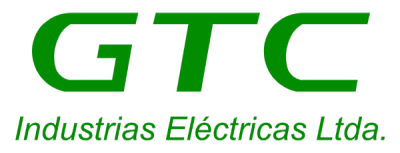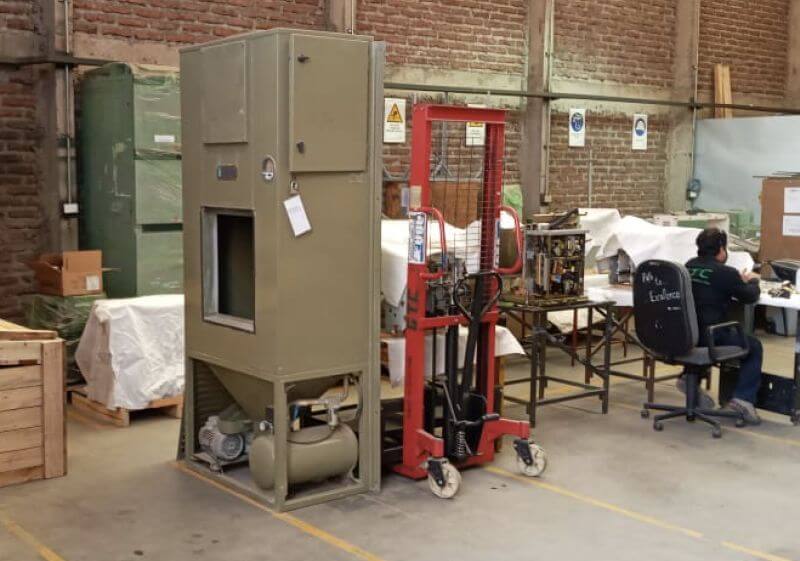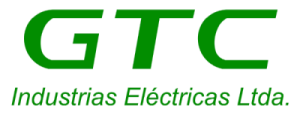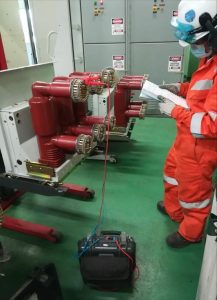Periodic maintenance of electrical systems in low and medium voltage industrial installations is essential to ensure safety, efficiency and operational continuity.
These systems are the heart of many industrial plants, and unexpected failure can lead to costly downtime, risk to personnel and loss of productivity. Therefore, their proper care is critical to prolonging equipment life and minimizing downtime.
Benefits of preventive maintenance
One of the main benefits of preventive maintenance is the reduction of the risk of failure. Through regular inspections, tests and measurements, it is possible to detect problems before they become critical failures. This is particularly important in low and medium voltage equipment, such as circuit breakers, transformers and cables, which if not properly maintained, can suffer from overheating, insulation failures or short circuits.
Another key aspect is the optimization of energy efficiency. Poorly maintained electrical systems tend to operate less efficiently, which can increase energy consumption and operating costs. Contact cleaning, connection verification and equipment calibration allow companies to reduce energy waste, contributing to both sustainability and cost reduction.
Safety is another critical factor. An electrical system in poor condition represents a significant risk of fire, explosion or electrical accidents that can endanger the lives of personnel and damage critical equipment. Implementing a preventive maintenance plan ensures that equipment is in compliance with safety regulations, reducing the risk of accidents.
Finally, periodic maintenance also plays a key role in extending the useful life of equipment. Instead of replacing costly electrical systems, performing timely repairs and upgrades, such as retrofits, allows companies to keep their equipment in operation for longer, representing considerable savings in capital investments.
In summary, periodic maintenance in low and medium voltage installations not only ensures safety and efficiency, but also prolongs the useful life of equipment and minimizes outages. For industrial companies, it is a critical investment in operational continuity and financial sustainability.



